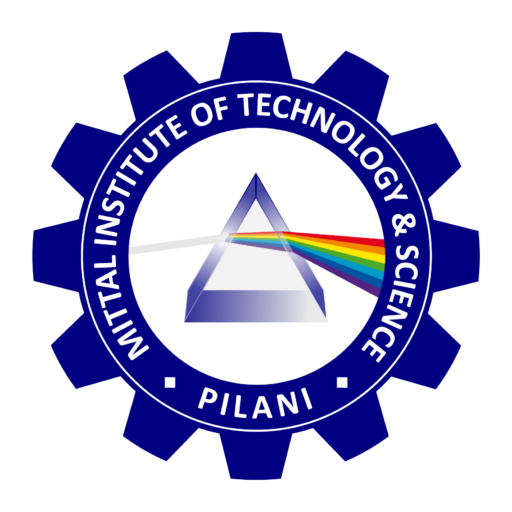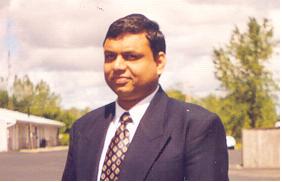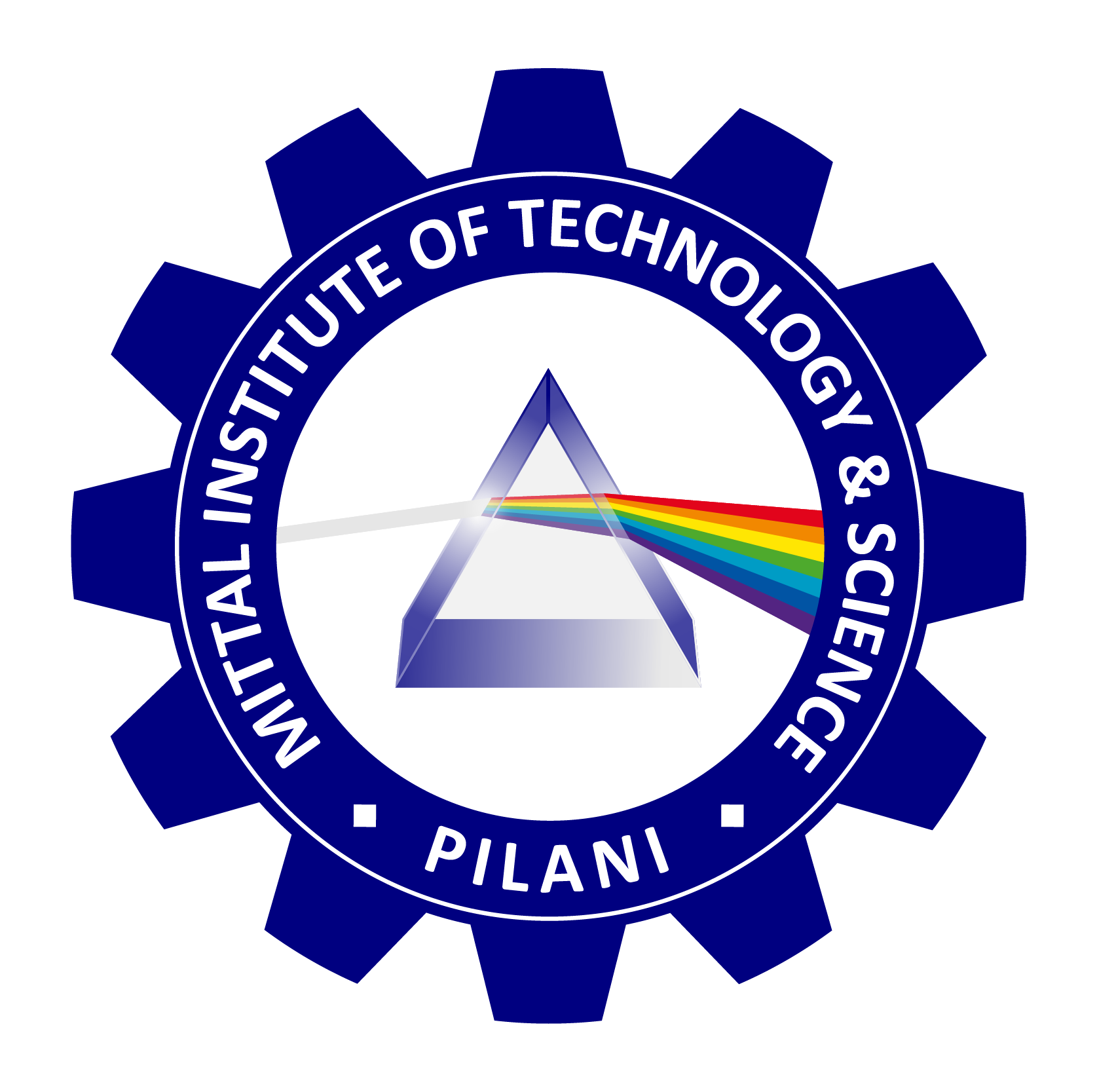
MITTAL INSTITUTE OF TECHNOLOGY & SCIENCE, PILANI
Performance Measurements of the Infrastructure of a Complex and Big Data Center
Introduction
The performance of a large and complex data center infrastructure is critical to the delivery of reliable, efficient, and scalable IT services. With the growing demand for cloud computing, big data analytics, and AI workloads, data centers must optimize both physical and virtual infrastructure to ensure optimal performance. Measuring performance requires a comprehensive approach that includes metrics across compute, storage, networking, power, cooling, and security systems.
Key Infrastructure Components and Their Performance Metrics
- Compute Infrastructure
- CPU Utilization (%): Indicates the processing power being used. High average values may point to under-provisioned servers.
- Memory Utilization (%): Tracks RAM usage and identifies bottlenecks in applications.
- Hypervisor Overhead: Measures the performance cost of virtualization.
- Server Uptime and Availability: Percentage of operational time versus downtime.
- Server Density: Number of virtual machines (VMs) per physical server – a balance between performance and cost-efficiency.
- Storage Systems
- IOPS (Input/Output Operations per Second): Measures how many reads and writes a system can handle. Critical for databases and real-time processing.
- Latency (ms): Time taken to process an I/O request. Lower latency indicates better performance.
- Storage Throughput (MB/s or GB/s): Data transfer rate between storage and compute.
- Data Redundancy and Resilience: RAID configurations, backup frequencies, and disaster recovery readiness.
- Network Infrastructure
- Bandwidth Utilization (%): Tracks the amount of used network capacity versus total available.
- Packet Loss and Error Rates: Indicates reliability and quality of the network.
- Latency and Jitter: Essential for time-sensitive services like VoIP and streaming.
- Network Throughput (Gbps): Measures total data transmitted and received.
- Topology Efficiency: Evaluation of network design—hierarchical, spine-leaf, mesh—based on scale and resilience.
- Power and Cooling Systems
- Power Usage Effectiveness (PUE):
PUE = Total Facility Power / IT Equipment Power
A PUE of 1.0 is ideal; the lower, the better.
- Cooling Efficiency (e.g., CUE, airflow metrics): Proper heat dissipation ensures hardware longevity.
- Energy Consumption (kWh): Helps evaluate the energy cost of running the data center.
- UPS & Generator Health: Readiness and load capacity during power outages.
- Environmental Monitoring
- Temperature and Humidity Levels: Optimal ranges prevent overheating and condensation.
- Hot/Cold Aisle Containment Effectiveness: Ensures airflow is efficiently managed.
- Thermal Mapping: Identifies hotspots and helps optimize cooling strategies.
- Physical and Cybersecurity
- Access Control Logs: Track entries and exits, badge usage, biometrics.
- Surveillance System Uptime: Video coverage and recording uptime.
- Firewall and IDS/IPS Metrics: Volume of threats detected, response time, and false positives.
Composite Metrics and Benchmarks
- Service Level Agreements (SLAs): Define uptime guarantees, latency targets, etc.
- Mean Time Between Failures (MTBF) and Mean Time to Repair (MTTR): Indicators of system reliability and maintenance efficiency.
- Capacity Planning Metrics: Evaluate future scalability based on current trends.
- Sustainability Metrics: CO₂ emissions, renewable energy usage, e-waste handling.
Tools and Technologies Used
- DCIM (Data Center Infrastructure Management) tools: e.g., Schneider Electric EcoStruxure, Nlyte, Sunbird
- Telemetry & Monitoring: Prometheus, Grafana, Zabbix, Nagios
- AI/ML for Predictive Analytics: Helps forecast component failures or overloads
- Thermal Cameras and Smart Sensors: For real-time heat and energy monitoring
Performance measurement in complex and large-scale data centers is not a one-time activity but an ongoing process that ensures operational efficiency, reliability, and cost-effectiveness. By continuously analyzing and optimizing performance across compute, storage, networking, power, cooling, and security systems, organizations can align their IT infrastructure with strategic business objectives and service demands.

Professor Rakesh Mittal
Computer Science
Director
Mittal Institute of Technology & Science, Pilani, India and Clearwater, Florida, USA
